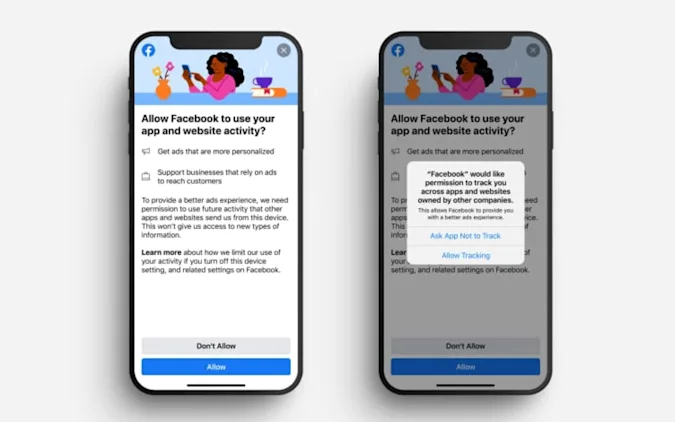Allocating limited marketing resources is a crucial marketing activity. While there’s a lot of nuances and media planning in particular is a complex field, it all starts with the question: which resources are producing the best results?
John Wannamaker’s famous 100 year old quote is “Half the money I spend on advertising is wasted; the trouble is I don't know which half.” Our money on the digital ad platforms can be tracked precisely to two decimal places. John Wannamaker would be in heaven! Google? BVOD? Facebook? Or, a dozen creators making content by the gigabyte. Just look at the data!
The problem is, these digital tools are precise, but they aren’t always accurate. How often do you buy based on a click to purchase on an unknown brand? Not that often I’m guessing - yet those tools assume that’s how most people shop. They favour short term results and significantly underweight longer term, which has led to mass addiction to the performance media drug. We’ve all found a new product through news or blogs - PR works! But try measuring the effectiveness to two decimal places. We’ve conflated precision with accuracy, but they aren’t the same thing.
The Changing Privacy Landscape
To make it harder, much of our digital measurement is based on cookies and other technologies which are being undermined. We have Apple’s iOS14.5 changes undermining Facebook in particular, Google dropping support for 3rd party cookies, Australia planning GDPR-style privacy legislation with uncertain implications, ad blockers - some estimates say 36% of Australians are using them, and more. Our digital data is getting even less accurate (while still offering decimal place reports).
There are partial technical solutions, but they are imperfect. Even bigger than hurting our ability to measure, these changes undermine the platform's ability to generate the niche audience profiles which many companies, especially D2C companies, are heavily dependent on.

Facebook is claiming to have lost $US10 Billion due to Apple’s changes.
Facebook already admits to doing “statistical modelling” to work out conversion numbers - essentially, educated guesses. Others are making similar moves. Much of our reporting is based on statistical mystery meat, and the data profiles used to generate those results are starved of the rich data that used to feed them. Our critical marketing mix decisions are built on a house of sand.
There’s a few things we need to do moving forward to help us with our marketing mix in a post-cookie world.
Look outside the (digital) box
Marketing measurement has been around for 100 years, digital attribution has been around for 20. Turns out, those old school guys had some tricks up their sleeves.
* Geo-testing: run a campaign in one region, while using another region as a control group.
* Media mix modelling (MMM): a statistical technique which works out which marketing activities contributed to your revenue. It can be expensive - Facebook is promoting their open source MMM solution to reduce costs. I’m still experimenting with this, it’s promising so far.
* Regression analysis: a cheaper version of MMM that lacks some of the nuance, but is easier.
None of these give the digital precision, but are very powerful and, if done well, more accurate.
Take a longer time frame
Advertising has historically been focused on building brands over months and years. The best research we have says 60% of budgets should be spent on brand building, 40% on activations. This isn’t some abstract advertising fluffy talk - this is empirical research (albeit in aggregate). It’s challenging for smaller companies to invest in brand building, but mid sized well funded companies have a real long term advantage.
Double down on creative
Creative has become an afterthought to digital targeting, As targeting gets weakened, creative becomes more important. A 2017 report by Neilsen showed creative determines 47% of advertising effectiveness - targeting was 9%. Other studies have found similar results.
Start measuring brand
Performance media made brand a dirty word, but the tide is turning. Adidas have said their move to performance backfired (this aligns with the findings of marketing scientists). I know others who, confidentially, found the same (one is a major airline). There’s a lot more science to brand marketing than most realise.
The most basic way is measuring monthly brand searches. This is easy and free, but less reliable than you might think due to various data quirks.
There’s various brand tracking companies who will give you incredible insights - at a price. I tend to use simple panel surveys which can be as cheap as a few thousand dollars, and run every few months. I’ve used the expensive tracking and panels give 80% of the value for 20% of the price. Having a defined brand strategy really pays off at this point through.
It’s a tough pill for boards to swallow after a decade of being trained that marketing is a vending machine you can insert $1 into and get $8 back within 30 days. We need to compete less on Google and Facebook, and start competing more in the customer’s mind. Consider increasing investment in creative and strategic brand thinking that helps build a strong, enduring customer preference.

